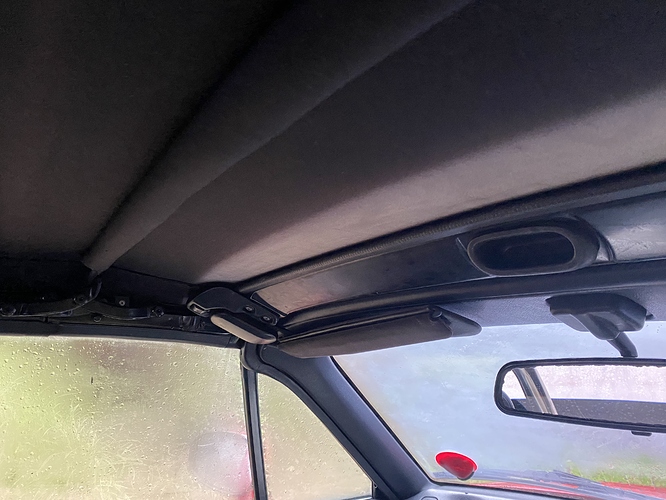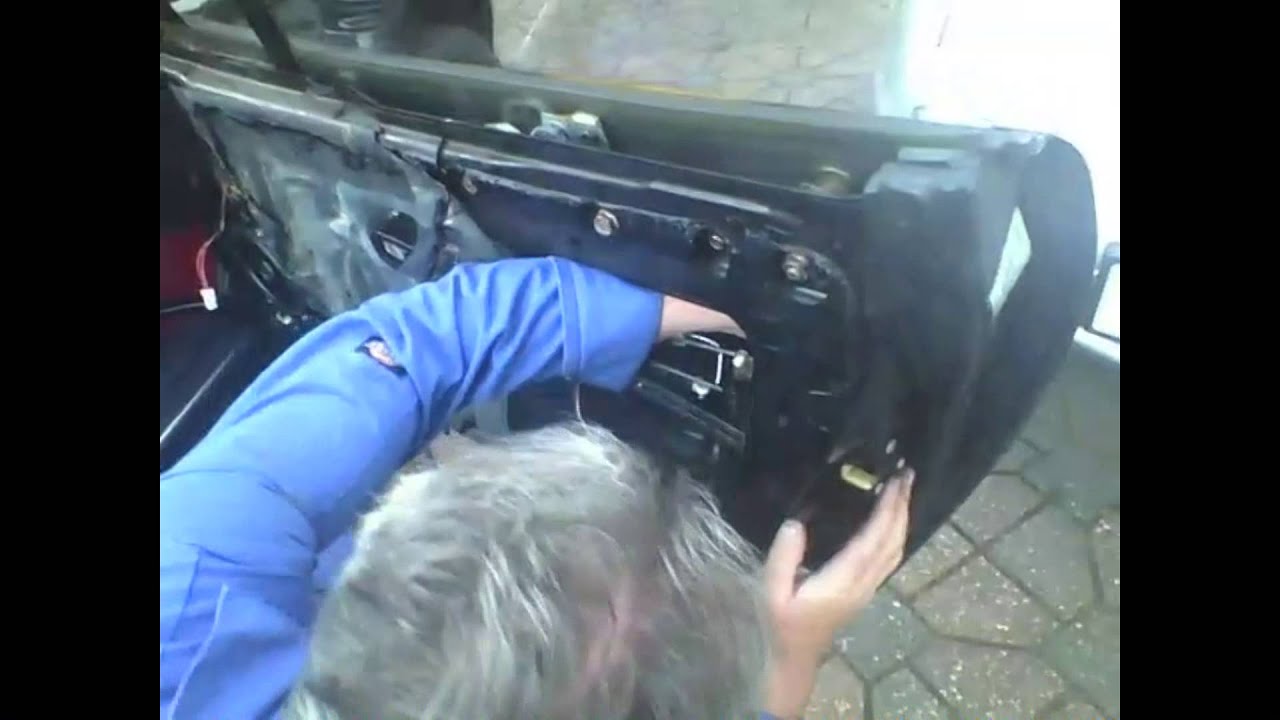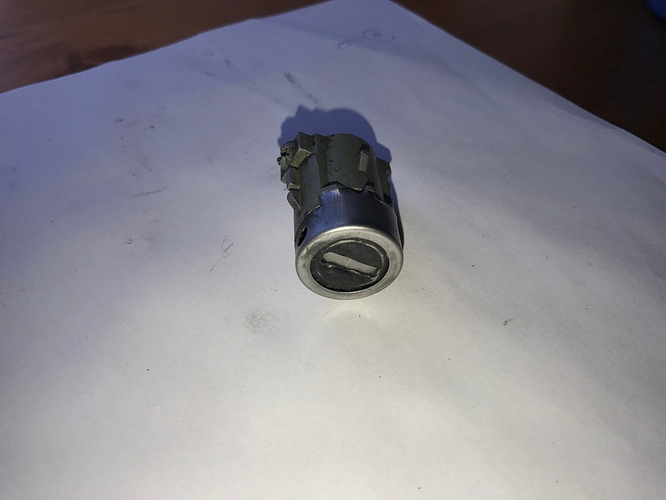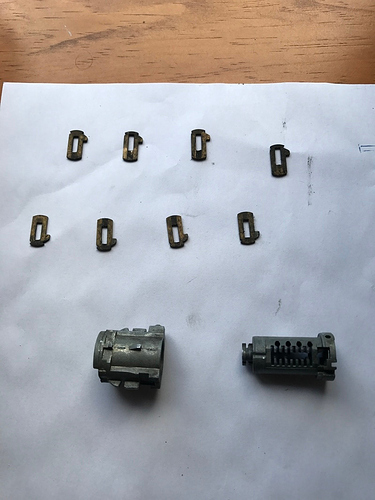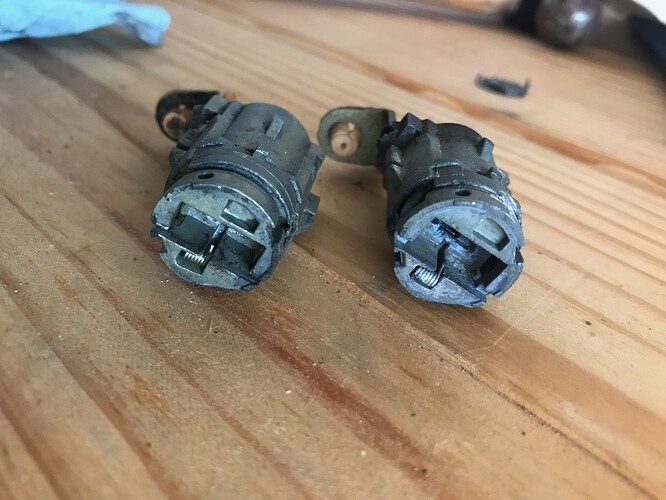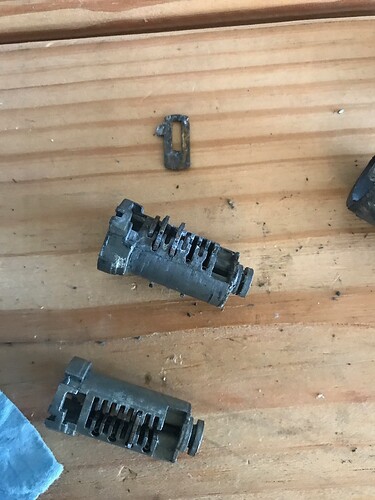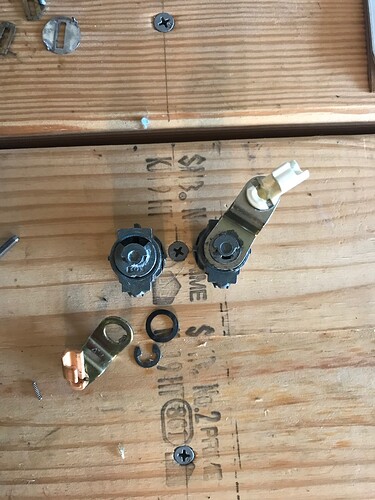Hi guys I’ve got a 1992 1.6 Eunos Roadster.
As people in the South East will know there’s been a significant amount of rain come down over the last few weeks. I have been using my Mx-5 a few times a week and over the last few days I’ve noticed there’s a significant amount of condensation within the car (on the inside of the windows, a couple of drips on the centre console and on the inside of the drivers door (especially right at the front by the steering column)).
Having had a prod around what I’ve found is that the driver’s side footwell is very wet, there was what was starting to become a puddle in the footwell, the drivers foot mat was soaked through and the carpet underneath was very wet too. I have removed the mat and hung it up to dry, as well as dried the carpet as much as possible with a towel, but I’m wondering what will have caused water to come up there? its not in the passenger side really (maybe a bit of moisture) - is it a drain hole that’s clogged up or a leak in the roof somewhere? Any thoughts appreciated…
Also, not sure if its related or not, but I’m sure its only come around as winter and rain has started, but there is now a continuous white mark across the very front of my soft top (I will try to attach a photo), and I have no idea what this is or how I can remove it?
Lastly, another thing I noticed was the door lock from the outside on the passenger side is really stiff now, I wouldn’t want to try and lock it now from the outside because I worry I would snap the key, any suggestions of a way to loosen it up.
Sorry its such a long post, anyone who has got this far, thank you and any recommendations or thoughts would be very much appreciated.
Nathan.
